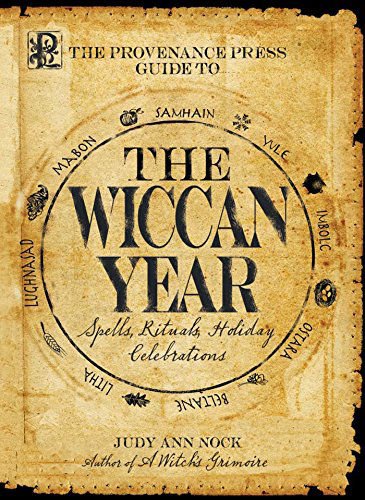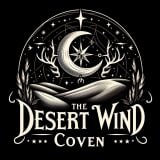Copyright © 2007 Judy Ann Nock
Because the climate of the seasons was once so difficult to predict, Samhain was a celebration of bounty but also a time of fear. No matter how much preparation was done, one could never be sure what was to come or whether the provisions for winter would be sufficient. Oftentimes, an early frost was interpreted as otherworldly spirits blighting the vegetation with their breath. This type of “weather as omen” belief may have given rise to the notion of dead spirits cavorting about and faeries plotting to steal away human beings on Samhain night.
In faerie lore, Samhain is the night of the “wild hunt,” a notorious and rambunctious ride when scores of faeries come racing out from within their hollow hills to wreak havoc throughout the towns. Meandering mortals avoided traversing near the sidhe, or faerie mounds, out of fear of abduction. And if one did venture out during the wild hunt, it was only under the auspices of a protective charm, such as salt or iron. Turning one’s clothing inside out was another way to protect against faerie mischief. Faerie lore claims that a stone with a natural hole through it, dry but found near the water, would enable the wearer to enter the faerie realm and return from it unharmed. This same type of amulet was also believed to protect horses from faerie mischief and theft.
Perhaps it was the practice of wearing charms for protection that led Samhain to become a night for divination. Many different methods of divination were used by the Celts in order for young girls to learn the name of a future husband. Others sought to get a glimpse of the future and obtain information about a future occupation. Some of the techniques they used included burning nuts in the hearth fire and making assumptions based upon which nuts exploded and which did not; pouring molten lead into cool water, then interpreting the shapes that formed in order to get clues about a future occupation; and the baking of soddag valloo, or “dumb cakes,” a Manx Gaelic custom involving cakes, which were baked directly on top of the embers of the fire. Eating the cake in silence was thought to encourage prophetic dreams in young women seeking to learn the identity of their future husbands, provided that they left the room without turning their backs on the fire. Babies born on Samhain were thought to possess divinatory power and were often treated with special respect as well as fear.
Samhain is also the time when rituals were held to honor the dead. Benevolent spirits were beckoned and tempted with favorite foods that they enjoyed during life. Malevolent spirits were banished and kept away. The origin of the jack o’ lantern is rooted in the belief of wandering spirits and ghosts. The lantern’s glow was meant as a beacon for the spirits of the dearly departed, while the terrible faces carved therein were meant to frighten away any spirit with ill intentions.

